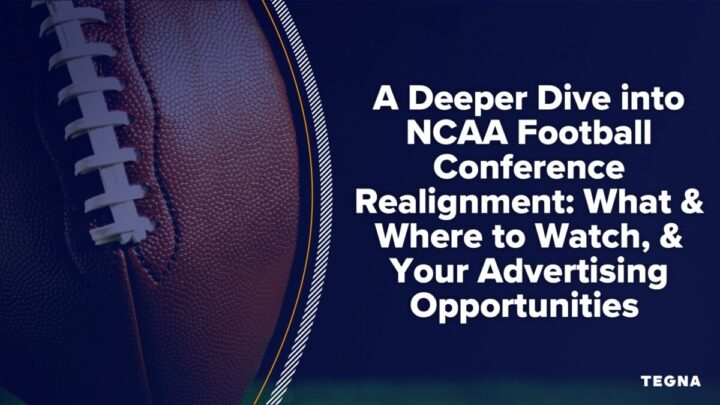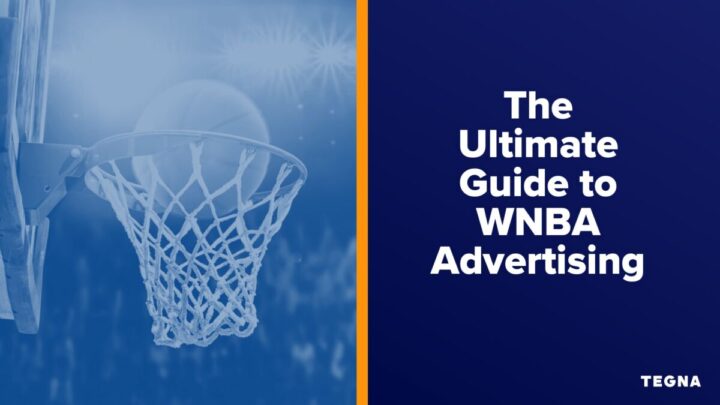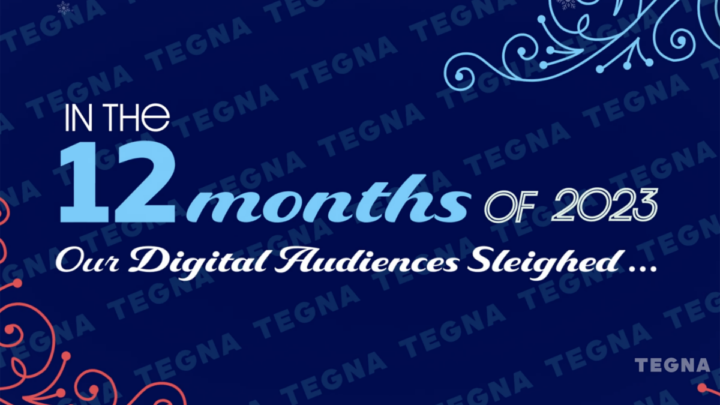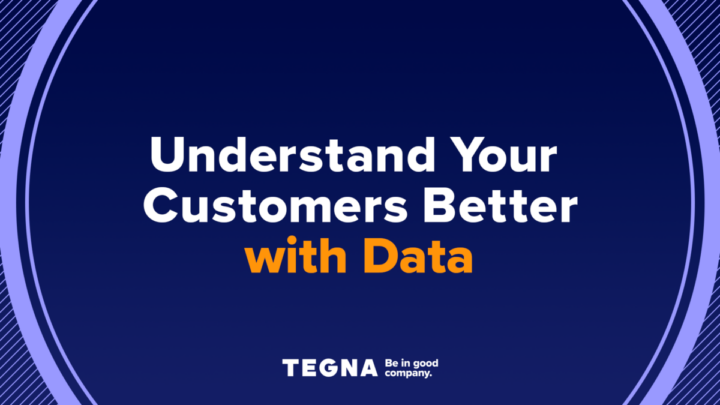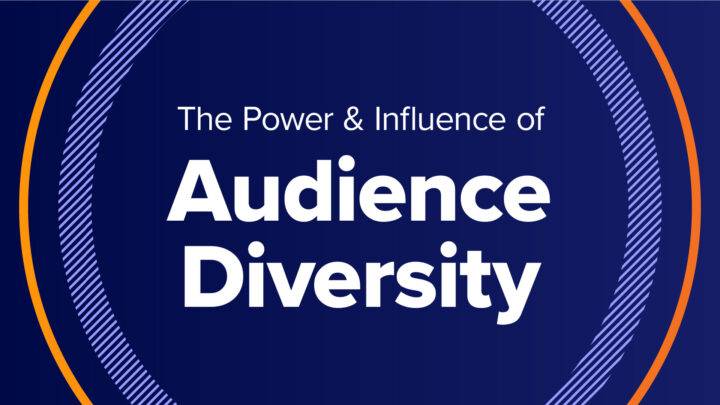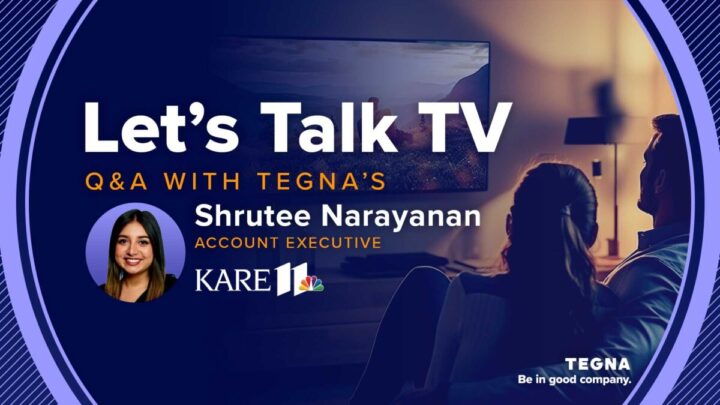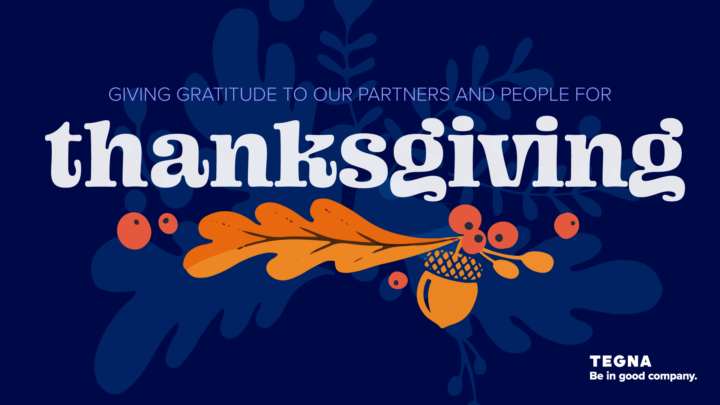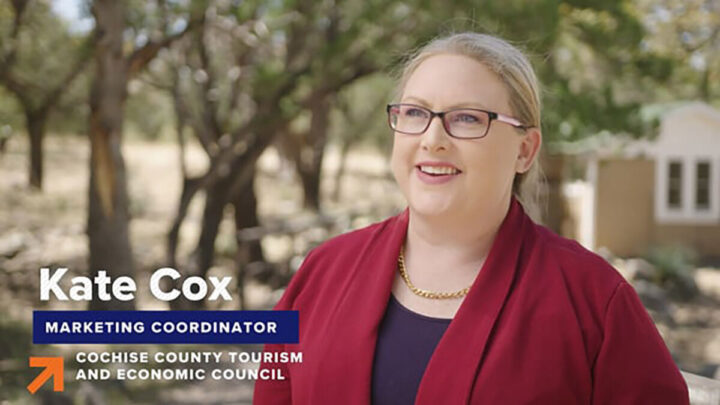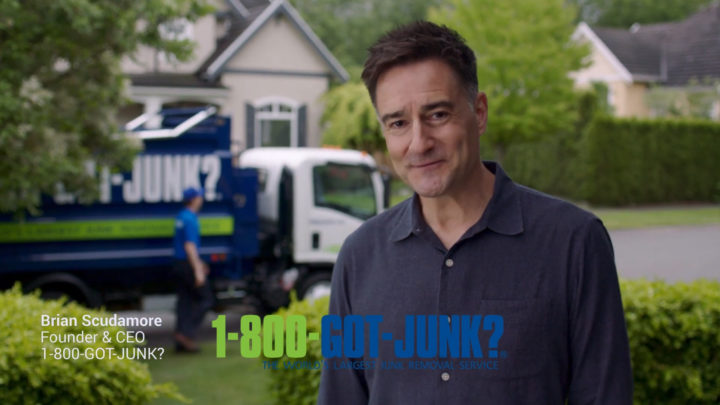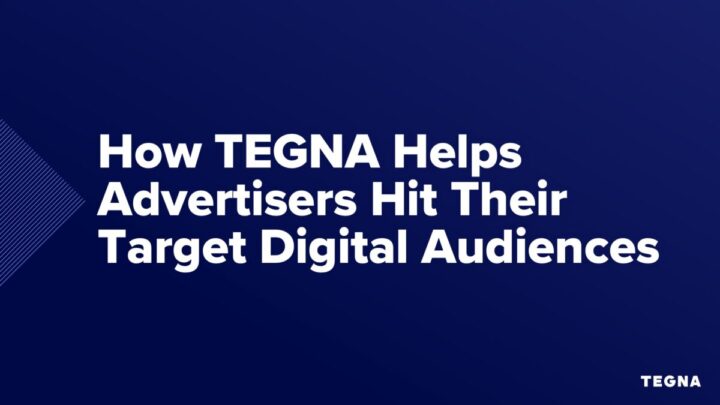Why Commercials During the Big Game Just Make Sense
Sports events make a great excuse for a party — and a real opportunity for marketers.
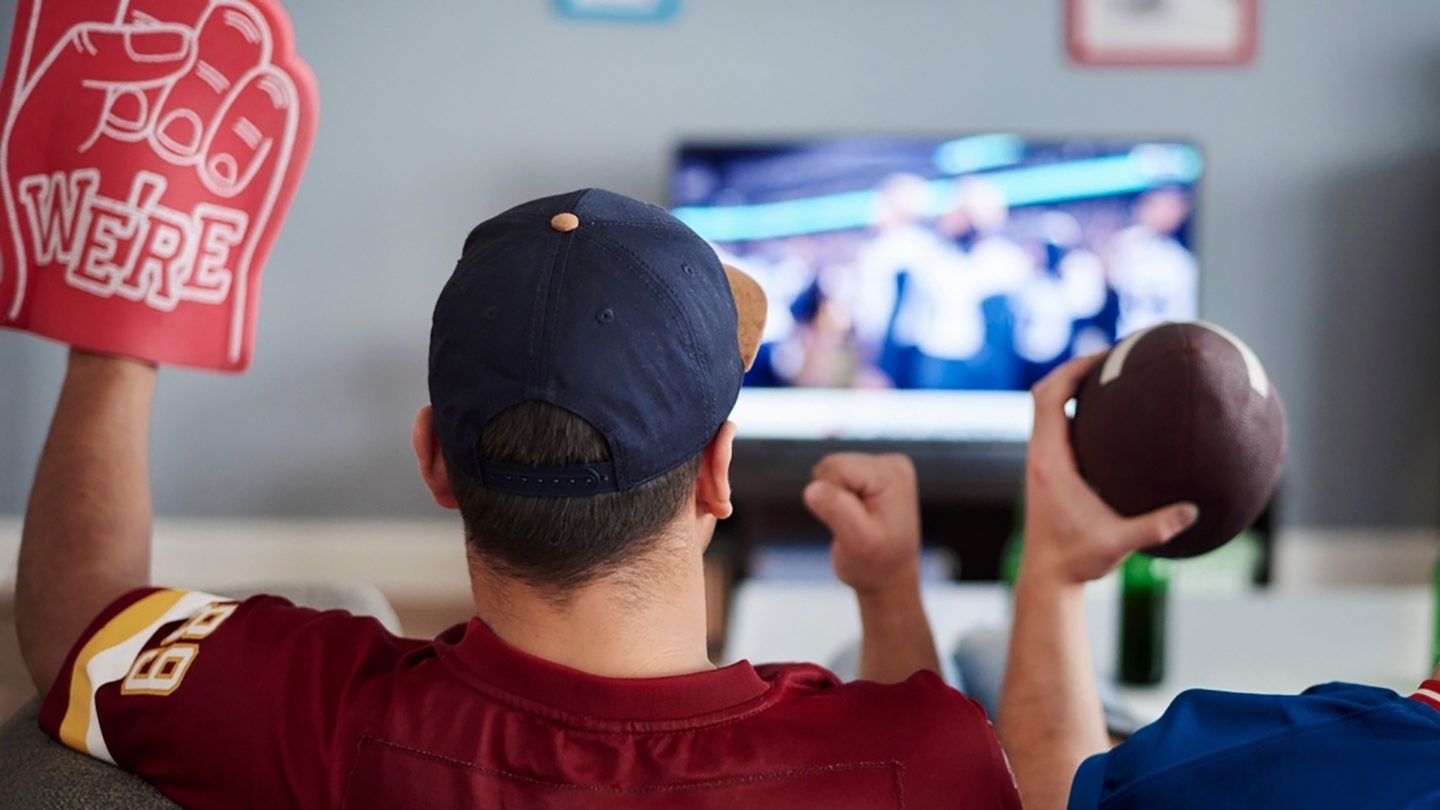
Watching the big game is a unique kind of American pastime. Families and friends gather at parties centered around the TV, sporting jerseys and passing dishes, eyes glued to the screen. With major events like the Super Bowl, the World Series, the Olympics, March Madness, and many others, commercials are as much a part of the entertainment as the game.
Sports events make a great excuse for a party — and a real opportunity for marketers.
3 Reasons TV Advertisers Love Sports
1. Massive Audience
Nearly 112 million viewers watched last year’s Super Bowl, making it the third-most-watched broadcast in U.S. history. The massive exposure available to advertisers during the Super Bowl is undeniable, but the opportunity to increase reach is not limited to football’s main show. Among Nielsen’s top 10 TV single-telecast programs for 2016, only one (the Oscars) was not a sports broadcast.
Just some examples of brands capitalizing on the excitement of sports include Pizza Hut, the official pizza of ESPN College GameDay, and Proctor & Gamble, now continuing its “Thank You, Mom” campaign concept with the upcoming Pyeongchang Games. Red Bull has gone as far as to build soccer into its brand identity, purchasing the New York Red Bulls back in 2006.
2. Engaged Fans
Some people look forward to seeing the ads as much as (if not more than) the big game itself. You have a captive audience—create an ad that resonates and you can engage them both during and after the game. Your spot might not go viral on YouTube, but having commercials during the big game can grow brand awareness, drive traffic to your website and increase social media engagement. Broadcast sports can prove particularly effective for your TV advertising strategy if your target audience contains men between the ages of 18 and 49 because it’s a demographic that can be hard to reach through other marketing channels.
Continue the experience online, as viewers are scrolling on their phones or social platforms both during and after the game. In an interview with Forbes, Michael Simon, CMO of Bai Brands, notes that the audience is not only “actively engaged in watching commercials during the game, but there is an entire afterlife that occurs on social media as consumers seek to watch the unique spots again and again,” adding that “Much of that traffic will come to our website to watch our commercial, which not only gives consumers a deeper understanding of our brand but also enables our digital retargeting.”
3. ROI Beyond Game Day
Ads during sports events allow brands to kick off campaigns and keep the momentum going long after the final whistle. Advertising during popular events isn’t just about a singular 30-second spot during the game—it should be about an overall, integrated campaign that can build off of the views your game-time TV ad captured.
Whether it’s the Super Bowl, March Madness, the Indy 500 or any popular sports broadcasts throughout the year, creative, entertaining and effective TV commercials during sports events are a great way to increase reach and engagement, as well as earn ROI long after the fans go home.



